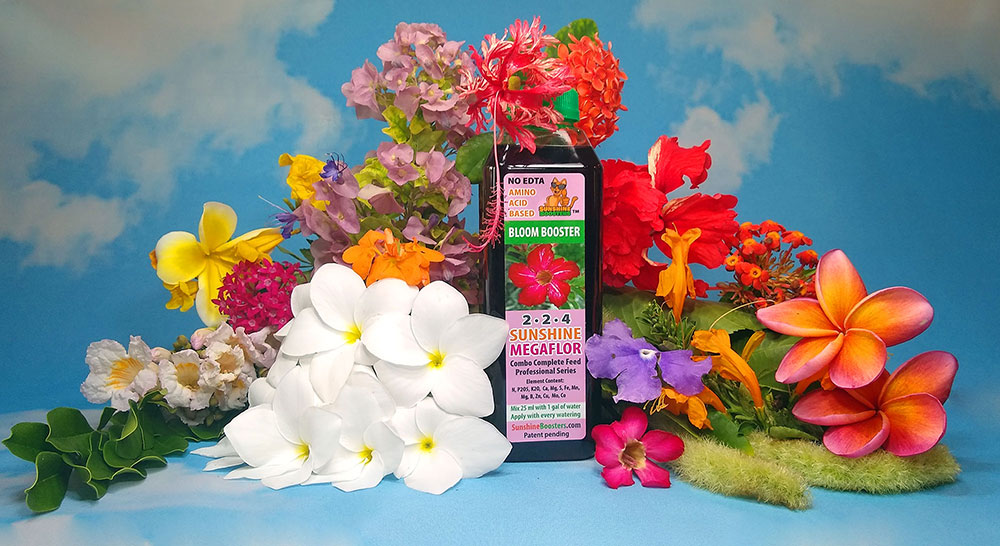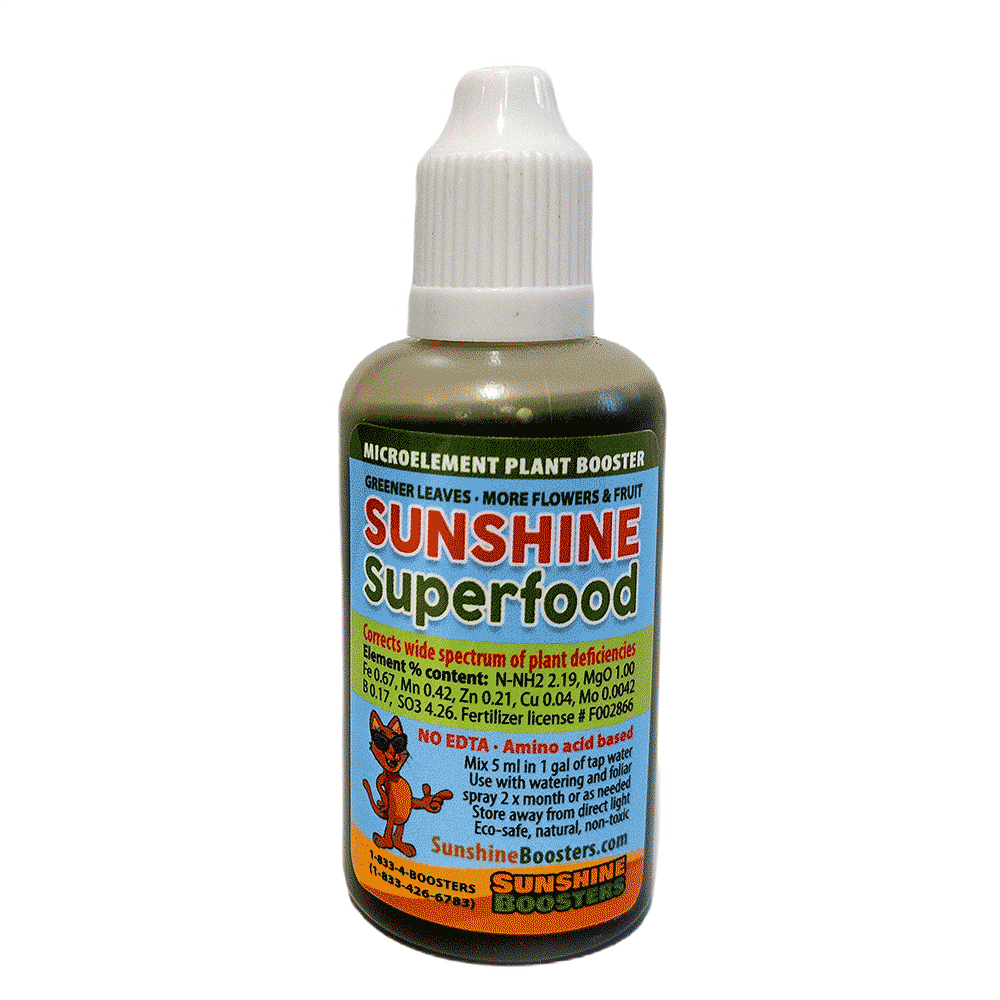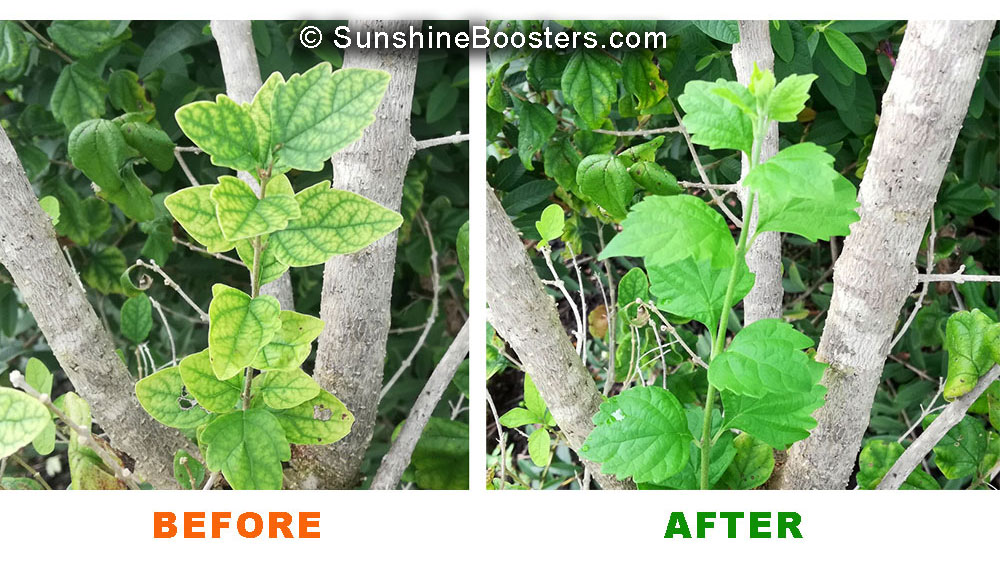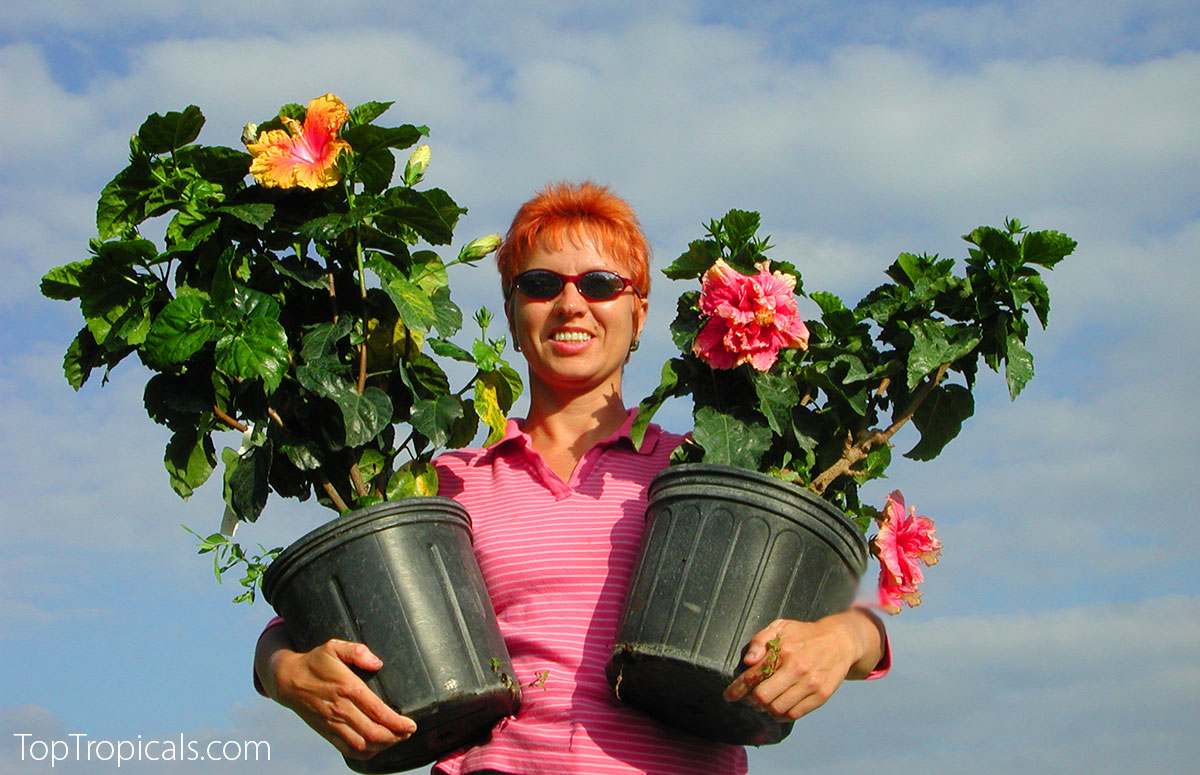The Tips of Hibiscus Flowers
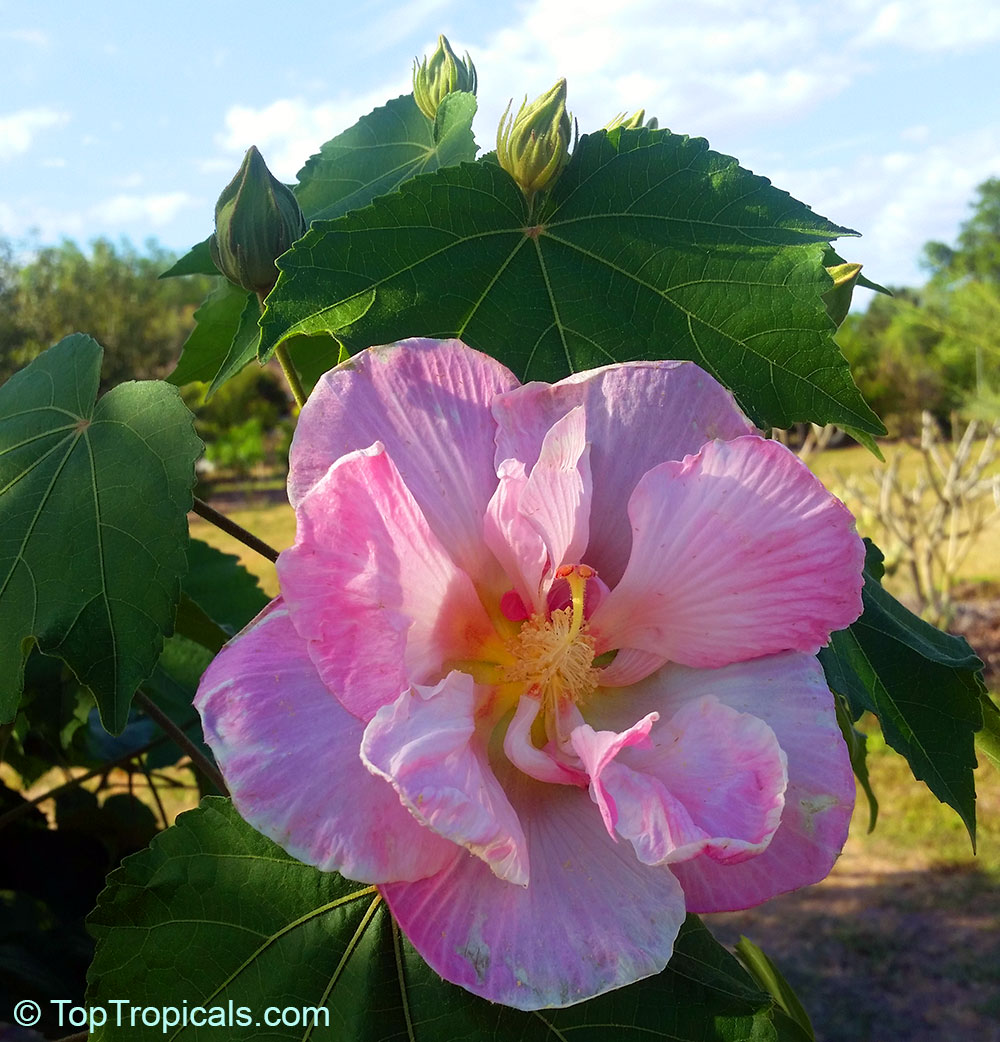
Photo above: Hibiscus mutabilis Cotton Candy
Customers at TopTropicals.com often inquire about our first plant. Surprisingly, our initial venture into the world of plants began with a hibiscus. Just before launching our plant nursery in Florida in 2001, we stumbled upon Winn Soldani's Fancy Hibiscus Nursery. The array of colors served as inspiration for starting our own tropical plant business. Curious about the best plants for Florida, we sought advice from Winn Soldani himself. His response was simple yet profound: "Your plant will find you." Soon, we uncovered jasmines, perfume trees, and fruit trees, which eventually became our specialties. In no time, TopTropicals.com evolved into a vast Plant Mall, offering a plethora of tropical plants. Despite the expansion, we've remained dedicated to cultivating hibiscus. Moreover, we discovered some exciting species beyond traditional Garden Hibiscus!
Hibiscus stands out as one of the most beloved tropical plants, boasting thousands of hybrids in unimaginable color palettes. Particularly fascinating are the rare and practical species that are surprisingly easy to grow. Allow us to usher you into the enchanting world of Hibiscus Magic...
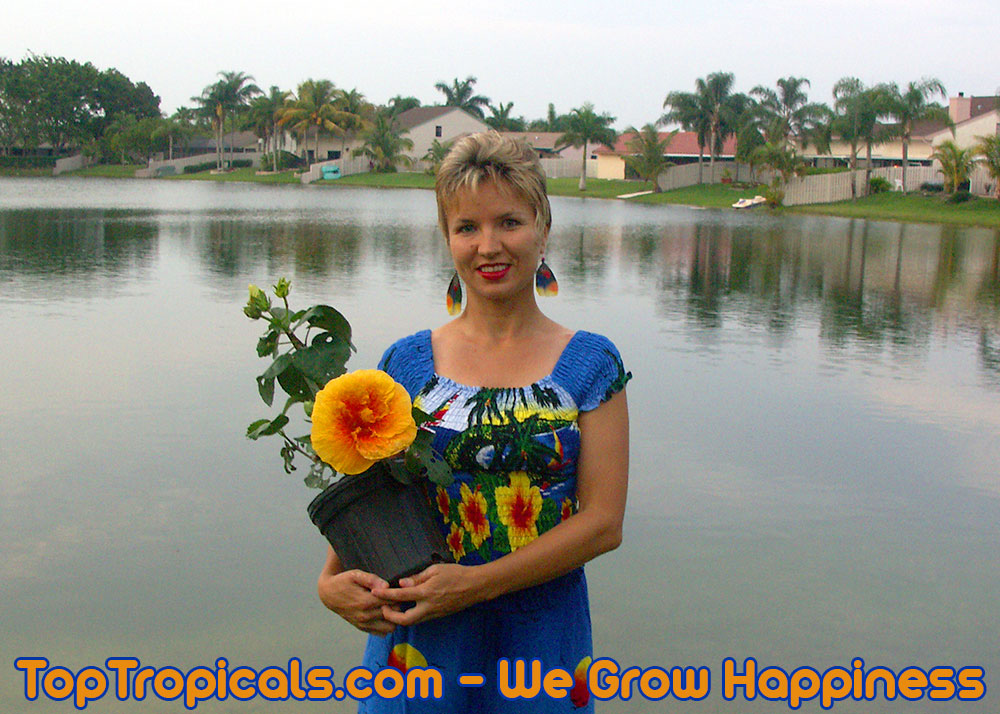
Hibiscus Growing Tips
Temperature: 45-90F
Hibiscus, being a genuine tropical plant, thrives in temperatures ranging from 45 to 90F. Although certain species and varieties exhibit cold hardiness to light freezes, temperatures below 40F may lead to cold damage. Fear not, as they tend to bounce back in the warmth of spring.
The optimal conditions for active growth lie above 65F, aligning with the preferences of most tropical plants. As temperatures drop, the plant naturally slows down its growth and development. Rather than pushing it, it's best to ease off on watering and allow it to enter a "sleepy" dormancy phase. This natural rhythm ensures the hibiscus remains resilient and vibrant.
Light: Full Sun
Q: Can I plant my hibiscus in shade? Will it flower?
A: While many Hibiscus species are shade-tolerant, and some may even display larger, greener, and healthier leaves in filtered light (common with H. rosa-sinensis hybrids grown as popular house plants), it's essential to consider potential consequences. Planting in low light conditions may result in:
a) a lack of flowers. Remember, the more light, the more flowers.
b) an increased risk of insects, particularly mealybugs.
In essence, while some hibiscus varieties can adapt to shade, providing ample sunlight is key to encouraging vibrant blooms and warding off potential pest issues.
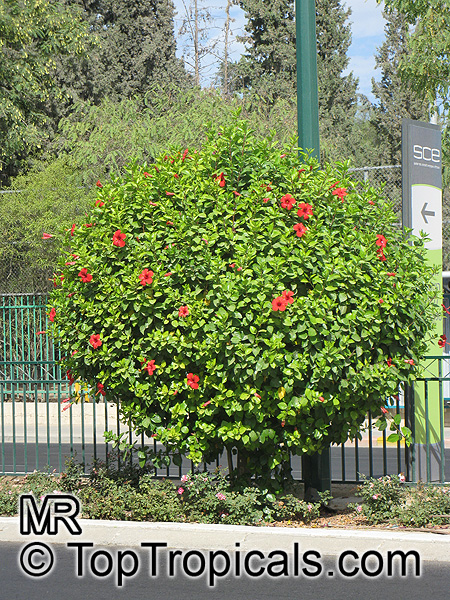
Water: regular
Hibiscus has a penchant for water, but it's not a fan of soggy conditions. Ensure proper drainage by using well-draining soil to prevent the dreaded "wet feet" scenario. Strike a balance - keep the water flowing regularly, but make sure it doesn't linger, allowing your hibiscus to thrive in optimal conditions.
Soil: acid, organic, and well-drained
For potted hibiscus, opt for well-drained soil that leans towards the acidic side and is rich in organic matter. When using potting soil, consider a mix that includes ingredients like pine bark, peat moss, coconut fiber, and perlite. Professional potting mixes like "Abundance," available from TopTropicals.com, are excellent choices.
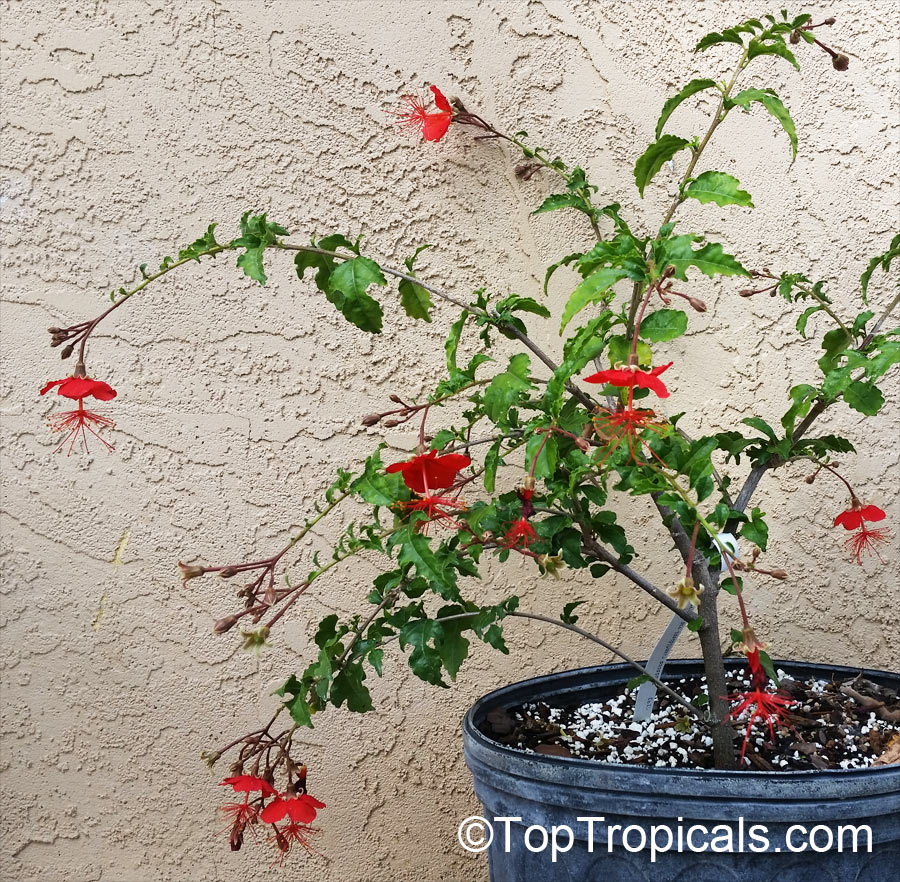
Photo above: Hibiscus grandidieri - Red Chinese Lantern, planted in well-drained potting mix containing perlite and pine bark
If planting in the ground, enhance the soil by incorporating compost into the planting hole.
In areas with alkaline, sandy, or poor soils, hibiscus might exhibit signs of iron deficiency, such as chlorosis or yellowing leaves with green veins. In such cases, implementing a regular fertilizer program, coupled with a microelement supplement, can effectively address these issues. Keep your hibiscus nourished for a flourishing display.
Fertilizer: liquid fertilizer with high phosphorous content
As hibiscus expert Winn Soldani once said: "If your hibiscus is not flowering... feed it!".
Hibiscus plants are known as heavy feeders, but caution is needed to avoid over-fertilization with granulated plant food. Excessive salts can accumulate in the soil, resulting in an unhealthy-looking plant.
Q: My hibiscus, grown in shade, never flowers. Can I give it more fertilizer to induce flowering?
A: Extra fertilizer cannot compensate for lack of light. However, under adequate light conditions, you can apply a balanced plant food for flowering plants, such as a bloom booster, strictly following the label instructions. This will enhance the vigor of your hibiscus plant, encouraging more buds and larger blooms.
Q: What type of fertilizer should I use for hibiscus?
A: Hibiscus, being heavy feeders, benefit from any flowering plant food with a higher middle number, (Phosphorus) like 2-5-2. However, liquid fertilizers, like Sunshine Boosters formula Megaflor, are particularly effective. Megaflor is a scientifically formulated, natural plant food that is safe for year-round use with every watering, living up to its name by truly boosting mega-flowers!
Q: My exotic hibiscus leaves have started yellowing, with some veins remaining green. How can I help?
A: This condition is known as chlorosis, indicating iron deficiency. Several factors may contribute to the problem, including poor drainage, poor soils, cool temperatures, and overwatering. Consider the following suggestions:
- Ensure warm temperatures, reducing water to a minimum if it gets too cool (below 65°F), and keep the potted plant in a bright spot for optimal light.
- Provide good drainage with a well-drained potting mix.
- Refrain from watering if the soil is still wet.
- Implement a regular fertilizing program for hibiscus, as they are heavy feeders, using a balanced NPK plant food.
Along with NPK food that provides Nitrogen (responsible for green leaves), apply a complex micro-element supplement like Sunshine Superfood, which provides essential trace elements, including iron, boron, magnesium, and more (available from TopTropicals.com).
Hibiscus Insect Control
Hibiscus is prone to pests, especially mealybugs or aphids, with susceptibility varying among species. Regularly inspect leaves and take prompt action at the first sign of infestation. Establishing a preventive routine proves much simpler than dealing with the aftermath of insect damages.
Crucial factors contribute to a pest-free, happy hibiscus life:
- Plant vigor, ensured by an optimal feeding program.
- Adequate air humidity and soil moisture.
- Good air circulation.
- Insect preventive maintenance.
For minor infestations, consider using non-harsh remedies like a solution of warm water, vegetable oil, and a few drops of dish soap. This solution can be used to clean bugs off damaged leaves or buds and can be sprayed onto the plant until it reaches a drip point.
If, unfortunately, you discover white mealybugs underneath the leaves when it's too late, this is the time to turn to a systemic chemical with active ingredients such as Imidacloprid or similar. These are readily available over the counter in garden departments and can effectively address more severe infestations.
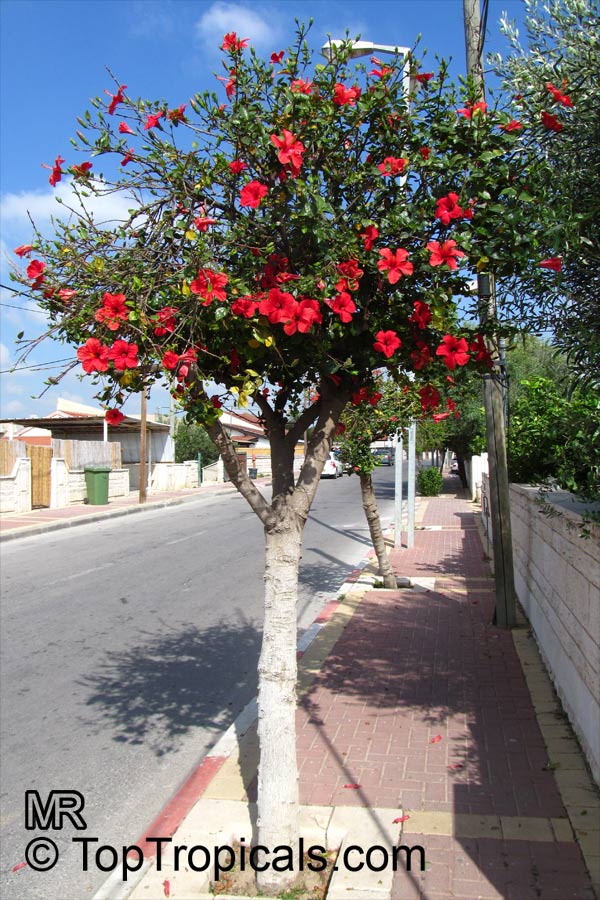
Photo above: Hibiscus trained in a shape of a standard tree
Pruning Hibiscus
All hibiscus species and varieties respond well to pruning, resulting in bushier and fuller growth with regular "tipping," leading to an abundance of blooms. During the active growth season (March-October), lightly trim branches to prevent them from becoming too leggy. Landscaping varieties designed as "hedges" often undergo heavy pruning to maintain a specific shape, although this may temporarily impact flowering. However, rest assured, as new buds quickly form on young growth.
It's worth noting that certain species, such as Hibiscus mutabilis, Hibiscus schizopetalus - thrive when left untouched, allowing them to develop a natural, fountain-like shape. In such cases, minimal interference in their growth process is recommended for the best results.
Some landscaping varieties caan be trainer into a standard tree with a single upright trunk.
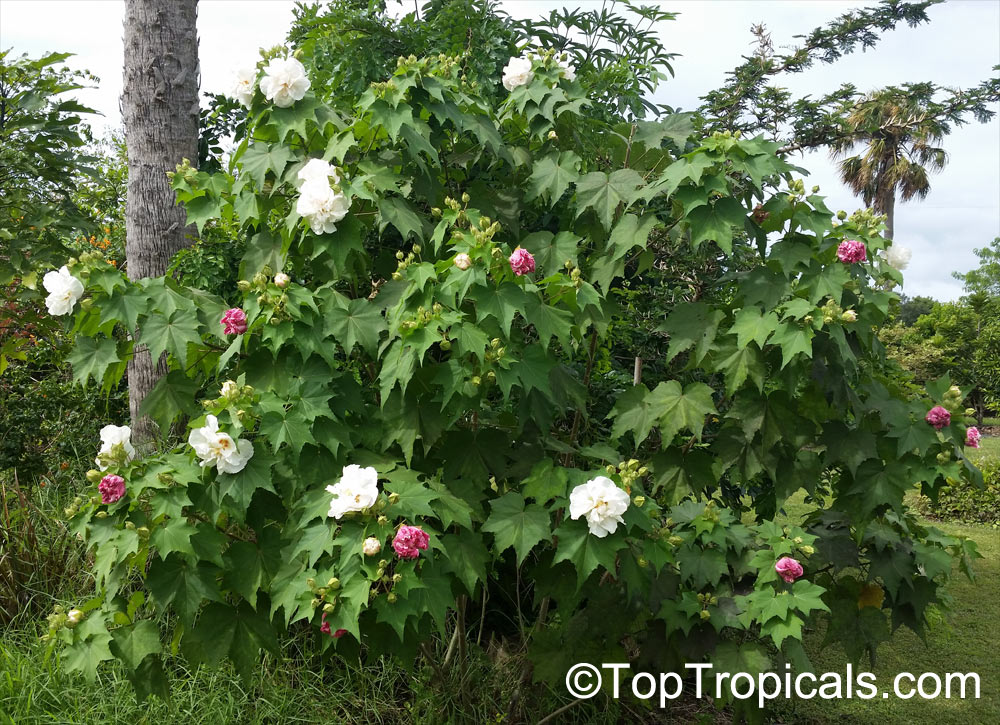
Photo above: Hibiscus mutabilis - Confederate Rose, Cotton Rose, Common Rose Mallow - free growing shape
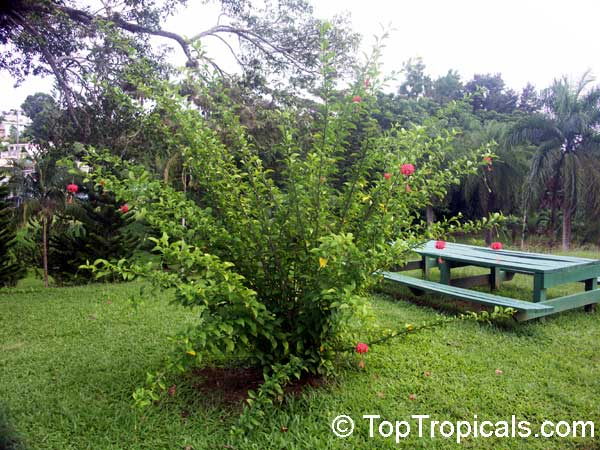
Photo above: Hibiscus schizopetalus - Coral Hibiscus, Chinese Lantern - free growing shape
Growing Hibiscus in Container
The majority of hibiscus species (excluding large tree forms like Mahoe) are well-suited for container growing, particularly in pots ranging from 3 to 7 gallons in size. Container cultivation offers the flexibility of easily moving the pots around, allowing you to showcase blooming specimens from your plant collection more effectively.
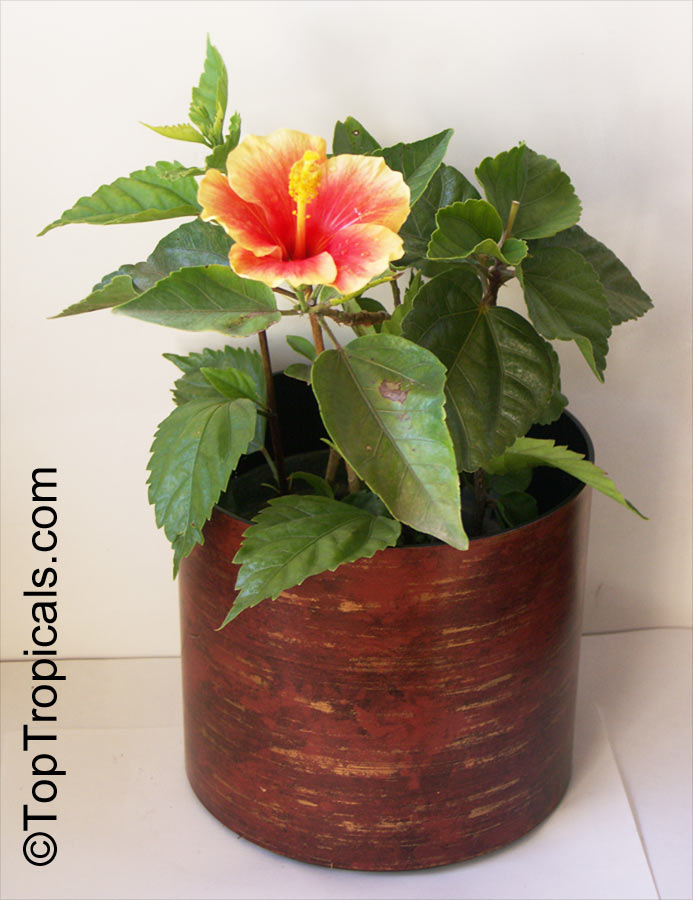
To ensure successful container growth:
- prioritize quality soil with excellent drainage characteristics
- maintain regular watering, avoiding both extreme dryness and soggy conditions
- provide year-round fertilization, preferably with a liquid plant food.
These measures will contribute to the health and vibrancy of your hibiscus thriving in containers.
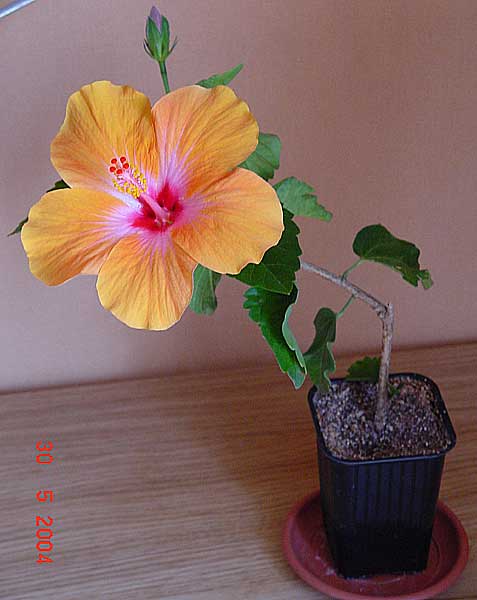
Growing Hibiscus in the Ground
In tropical and subtropical climates where minimum temperatures stay above freezing, hibiscus plants thrive when planted in the ground. Choose a well-drained, elevated location with full sun exposure, and ensure a consistent irrigation system is in place. When planting, dig a spacious hole, incorporating plenty of organic matter such as compost into the existing soil.
Crucially, plant your hibiscus at the same level as the surrounding soil, avoiding a lower placement. Beneath and above the root ball, add a handful of dry fertilizer. Protect the plant by covering the area with mulch, ensuring it remains 1 inch away from the growth point to prevent stem rot.
For a newly planted bush, consider supplemental hose-watering in addition to the sprinkler system until it establishes and begins displaying new growth. This extra attention during the establishment phase helps foster a healthy and robust hibiscus in the ground.
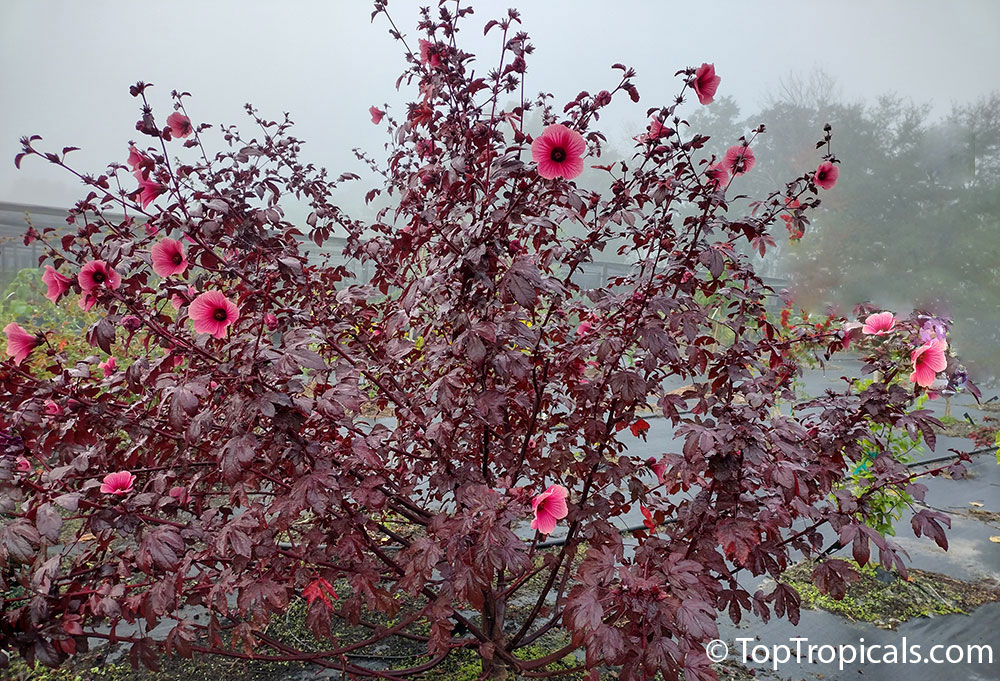
Hibiscus Zone Pushing and Cold Protection
Most hibiscus species thrive in USDA zones 9-11 and are frost-sensitive. However, some species are hardier, particularly once established, mature plants can withstand light freezes for a few hours.
For container-grown hibiscus, cold protection is straightforward. Simply move them inside a garage or onto a patio during potential cold nights.
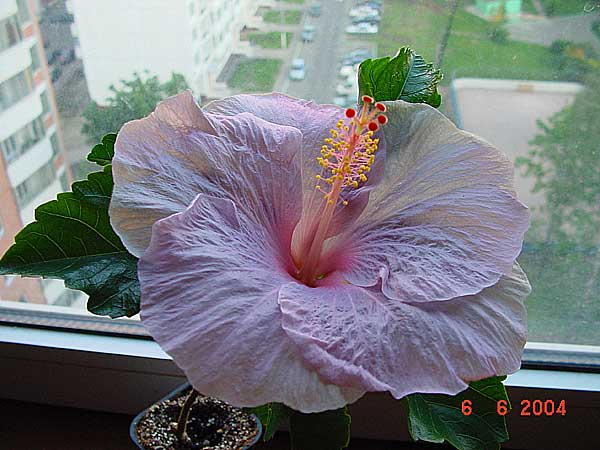
For in-ground plants facing cold spells, follow the tips below.
The cold sensitivity of tropical plants depends on various factors, with temperature being just one aspect. Your plant stands a better chance of surviving the cold with minimal damage taking in consideration the following:
- Plant health: the plant is healthy, strong, well-established, boasting a developed root system. Mature, well-rooted plants exhibit greater strength and resilience.
- Exposure matters. South-facing locations generally offer warmer conditions compared to the North.
- Canopy cover. A large shade tree serves as a natural cold protector, preserving warmer air close to the ground.
- Windchill protection is crucial in open spaces without tree canopy cover. Use sheets or light blankets to shield plants. Even with temperatures in mid-30's, windchill can create a "feel" of 20's, posing a risk of serious damage. Consider using Christmas lights for additional heat, opting for old-style bulbs; avoid LED lights that don't generate heat.
- Bio-stimulants. Enhance cold-hardiness with plant stimulants. Recommended natural products include Sunshine Power-Si (Silicone cold protector) and Sunshine Epi (Bio-stimulant for the plant immune system, a plant steroid). These products are available at TopTropicals.com, providing an extra layer of defense against the cold.
Hibiscus Species and Varieties
Exotic "Fancy" hibiscus
Many people are captivated by the stunning flowers of so-called "Exotic hibiscus" or "Fancy hibiscus." These hybrids, selected from Hibiscus rosa-sinensis, are frequently cultivated as house plants. Exotic Hibiscus varieties boast a plethora of crazy color combinations and shapes, with hundreds of named cultivars in existence. (See photo galleries of colorful varieties: Page 1, Page 2). While their beauty is irresistible, successfully growing these plants requires awareness of some simple rules:
- Flowering may not be constant for all varieties of Exotic hibiscus. Some named varieties may produce only a few blooms over a year, while others, especially "easy" landscaping varieties like double red or salmon flowers, can bloom profusely for many months. Adequate light and plant food in the right conditions can lead to a spectacular display for several months.
- Place hibiscus in full sun, but be cautious, as only well-established plants can take hot afternoon sun.
- Fertilizer and a micro-element supplement should be consistently provided year-round as long as it is in liquid form.
- Growing most Exotic hibiscus, especially rare “finicky” varieties, is more manageable in containers. This allows better control over water levels and fertilizer dosing. Additionally, pots can be moved to more favorable conditions during intense heat, excessive rains, or cold spells. Remember exotic hibiscus can be picky and doesn't like poor or alkaline soils, so keeping it in a pot with quality potting mix can be ideal for maintaining healthy green leaves and strong roots.
- Insect control is crucial for Exotic hibiscus, as those hybrids are highly susceptible to pests, especially mealybugs. Regularly inspect the underside of leaves, and promptly address any signs of infestation. Vigilance is key to ensuring the health of your Exotic hibiscus plants.
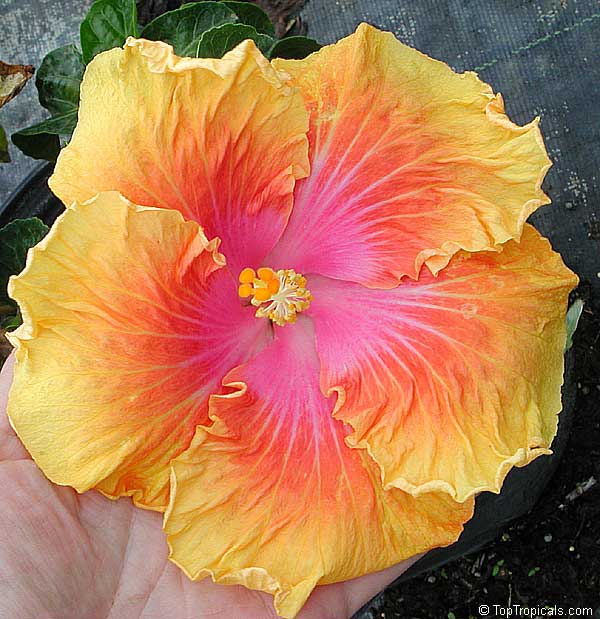
Photo above: Hibiscus rosa-sinensis var. The Path
More Hibiscus Species... and Edibles!
Who doesn't appreciate the beauty of hibiscus flowers? While we often envision the vibrant Hibiscus rosa-sinensis stealing the show, there's a delightful array of other hibiscus species that not only enhance your garden but also offer practical uses in the kitchen. These varieties bring joy to both your garden and your dinner plate, making them a gardener's dream:
- Easy to grow
- Relatively cold-hardy
- Fast-growing
- Resistant to pests
- Boasting a prolonged flowering period and abundant blooms
Here's a glimpse of some hibiscus species that are not only visually appealing but also edible, suitable for teas and salads:
Hibiscus sabdariffa - Flor de Jamaica, Karkade Sorrel
Hibiscus acetosella - African Cranberry Hibiscus
Hibiscus cannabinus - Salad Hibiscus, Sleepy Hibiscus
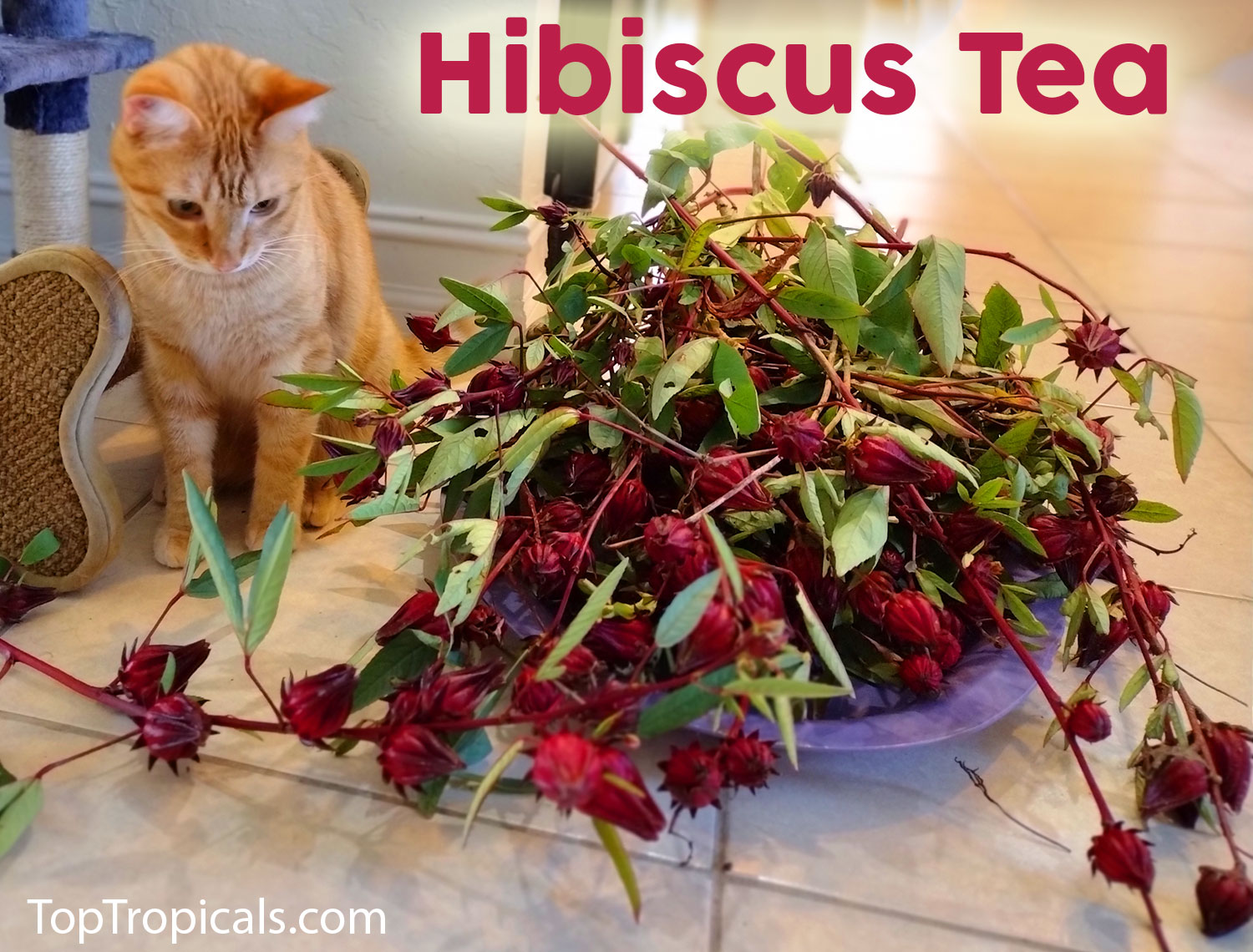
Photo above: Hibiscus sabdariffa - Flor de Jamaica, Karkade Sorrel. Learn more about Hibiscus tea: Article and Video.
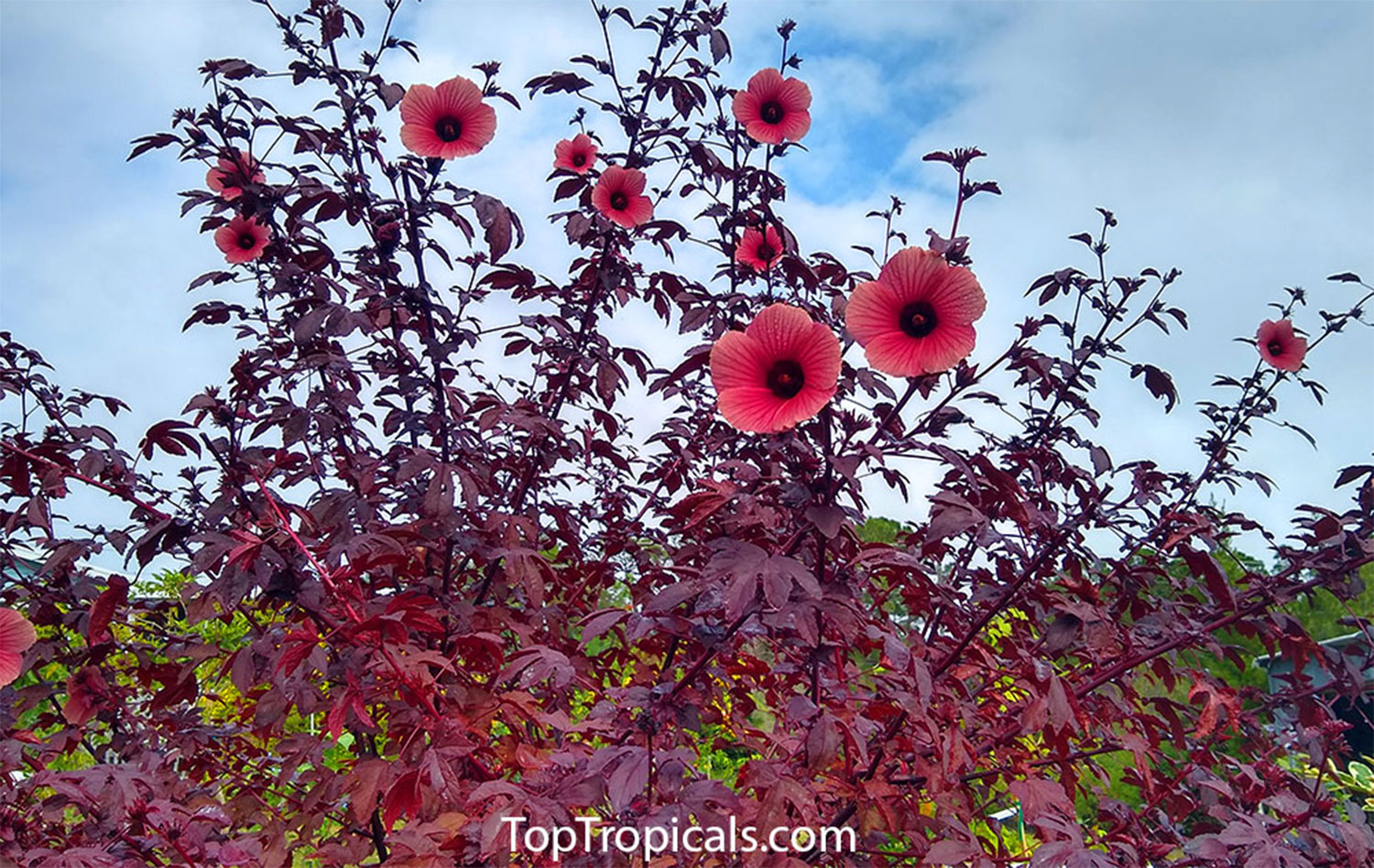
Photo above: Hibiscus acetosella - African Cranberry Hibiscus
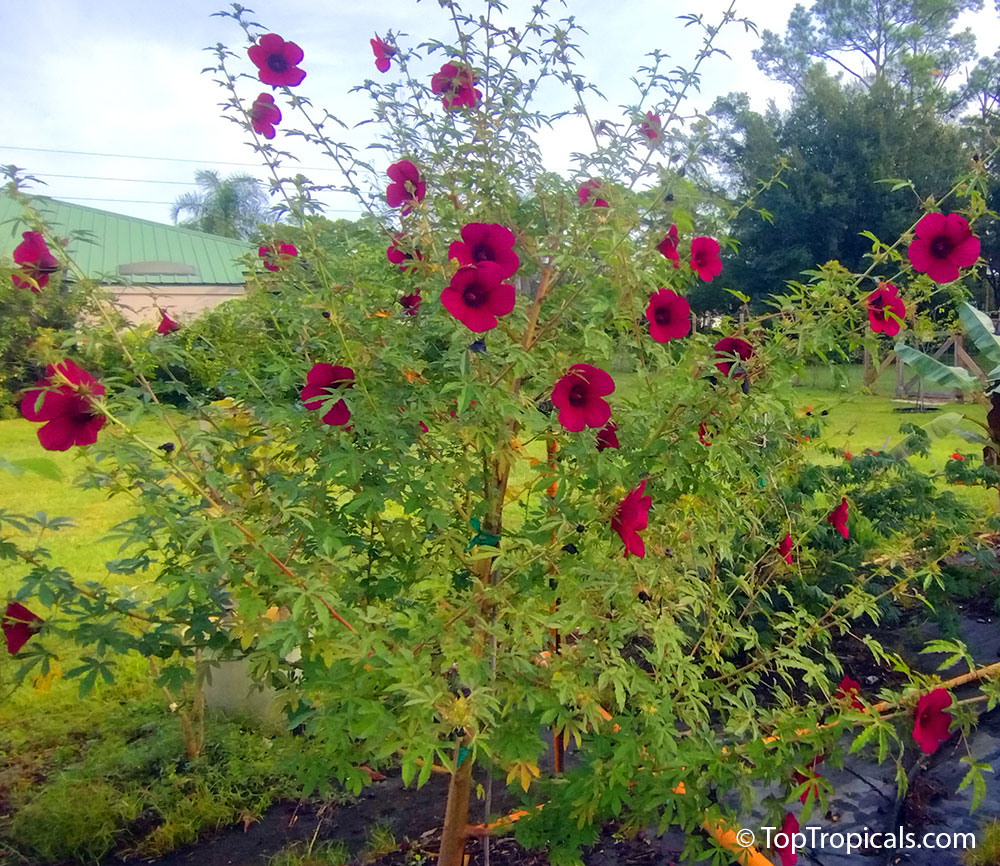
Photo above: Hibiscus cannabinus - Salad Hibiscus, Sleepy Hibiscus
In addition to their edible garden, these hibiscus species make fantastic landscape plants with benefits such as spectacular flowers, water and cold hardiness, and low-maintenance characteristics:
Hibiscus mutabilis Cotton Candy - Mallow Hibiscus, featuring peony-like flowers that change color from white to pink within days.
Hibiscus variegated Snow Queen - Showcasing spectacular variegated leaves and striking red flowers contrasting over the ornamental foliage.
Hibiscus schizopetalus - Coral Hibiscus - a rare collectible with extremely elegant hanging flowers.
Alyogyne huegelii - Blue Hibiscus – a true blue hibiscus, with bright blue flowers; a drought- and heat-resistant plant.
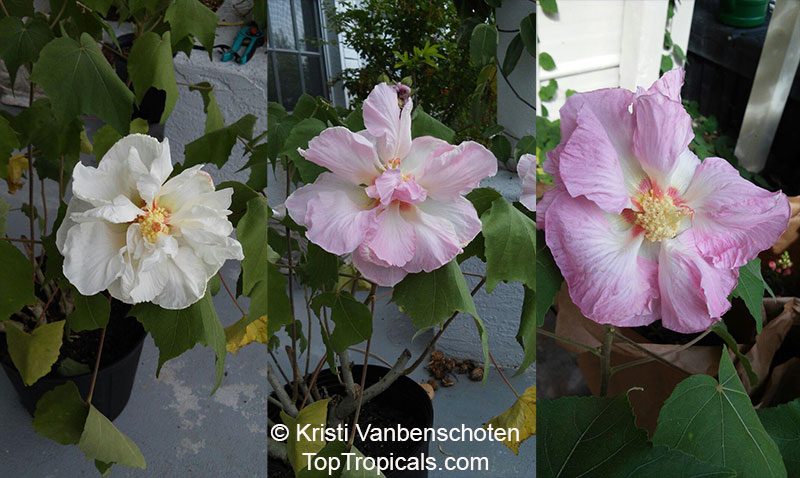
Photo above: Hibiscus mutabilis Cotton Candy - Mallow Hibiscus, featuring peony-like flowers that change color from white to pink within days.
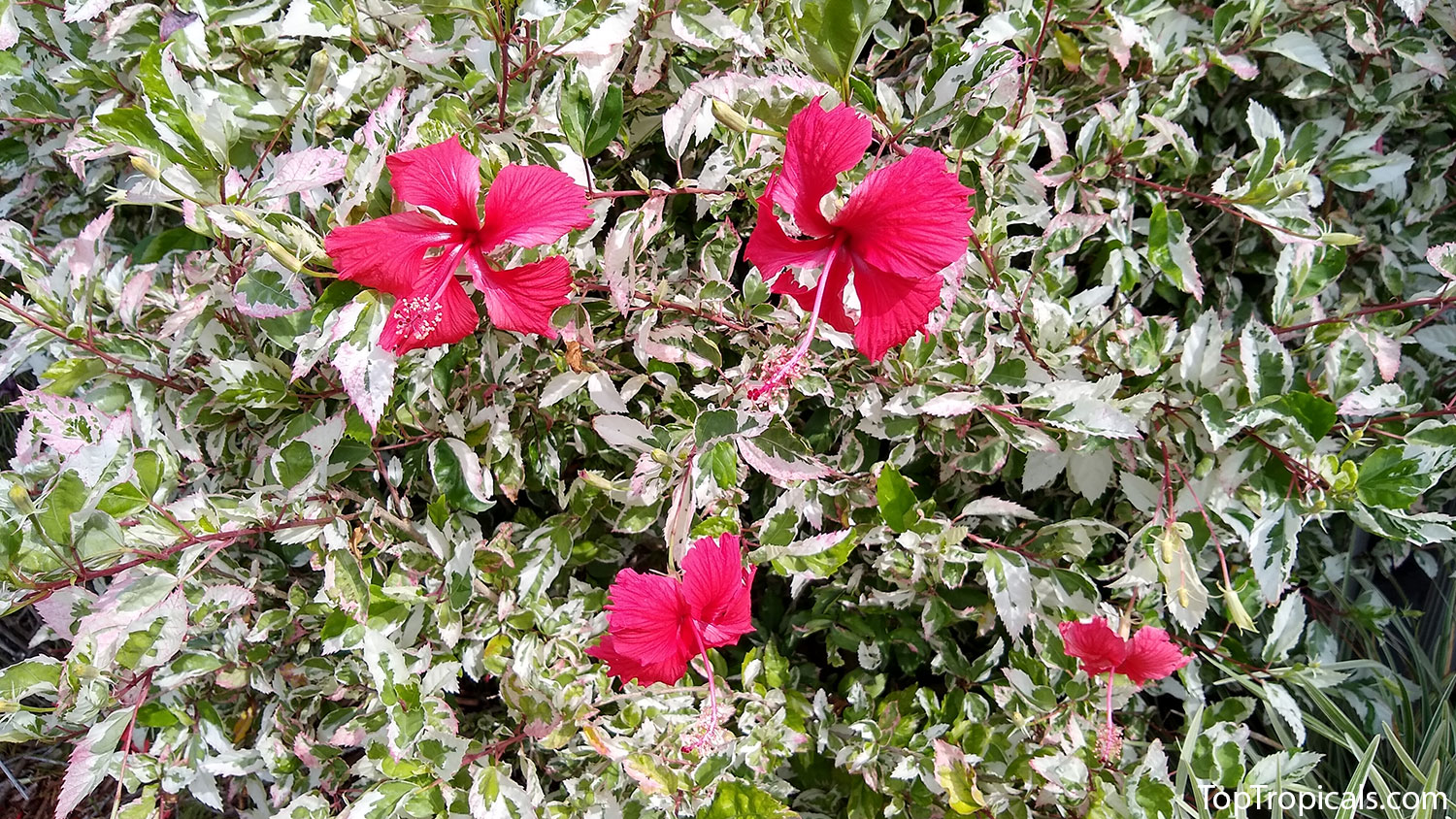
Photo above: Hibiscus variegated Snow Queen - Showcasing spectacular variegated leaves and striking red flowers contrasting over the ornamental foliage.
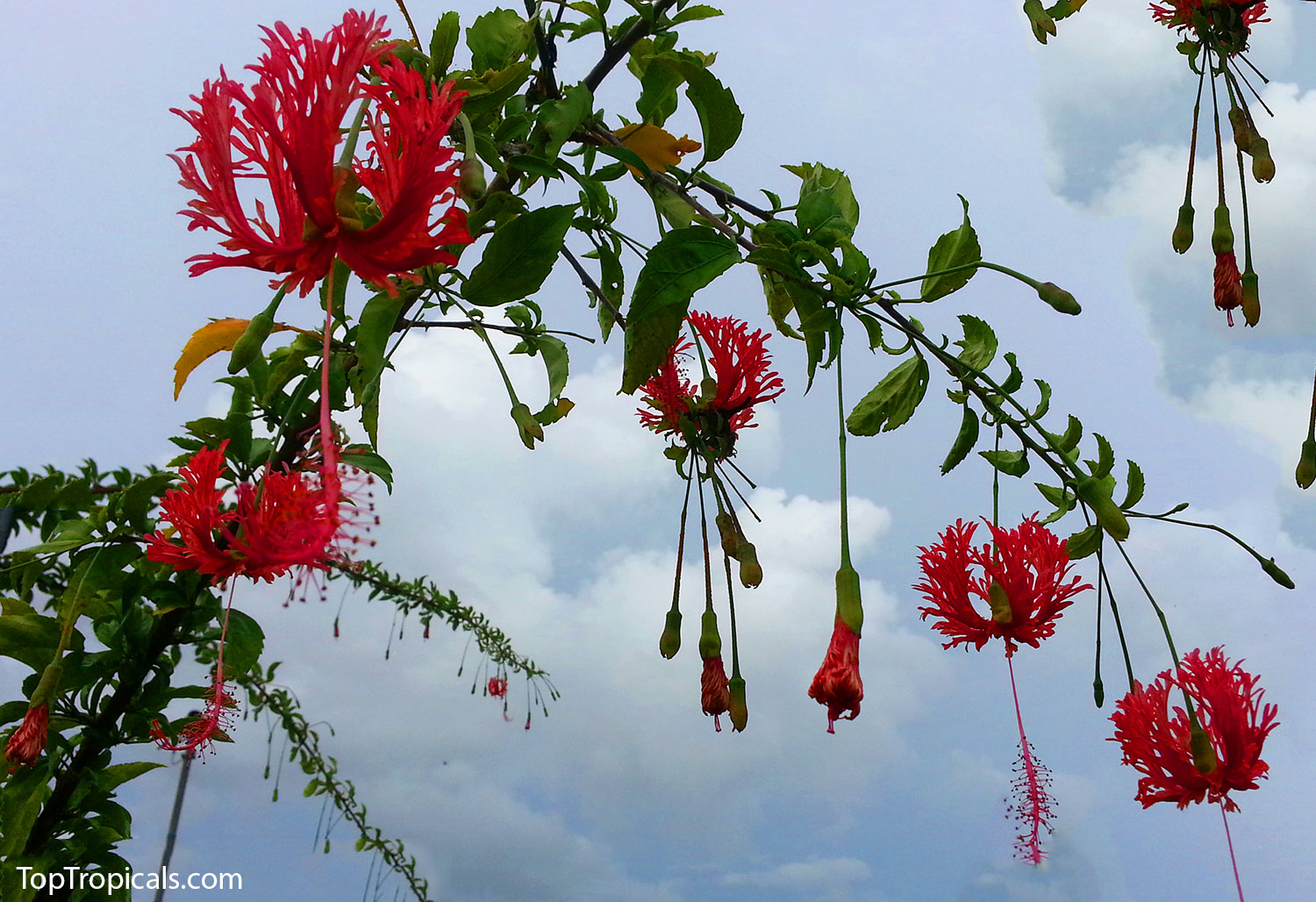
Photo above: Hibiscus schizopetalus - Coral Hibiscus - a rare collectible with extremely elegant hanging flowers.
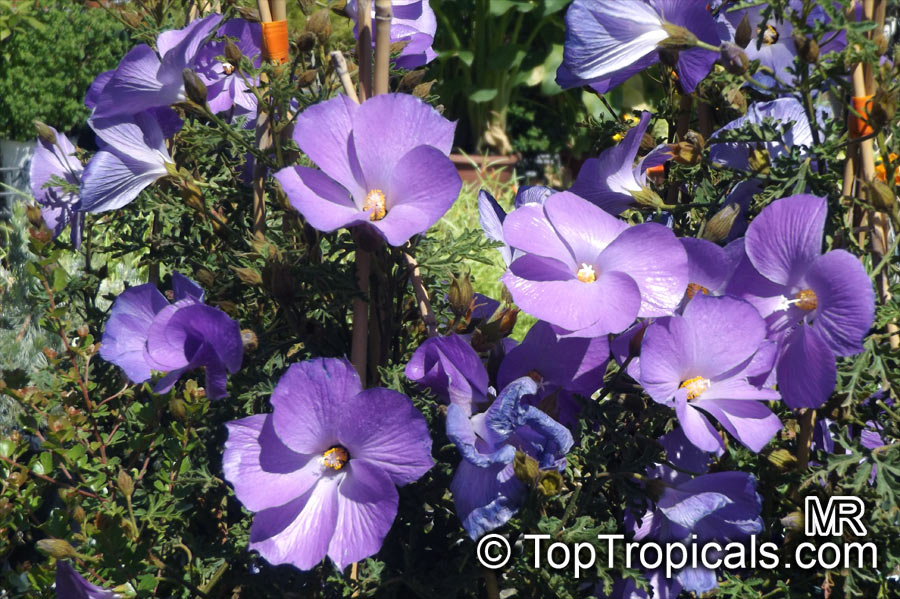
Photo above: Alyogyne huegelii - Blue Hibiscus – a true blue hibiscus, with bright blue flowers; a drought- and heat-resistant plant.
Tree hibiscus
For those seeking a shade tree adorned with hibiscus blooms, consider the Mahoe (Hibiscus tiliaceus), a large canopy tree with flowers that transition in color from yellow to pink and dark orange-red as they age.
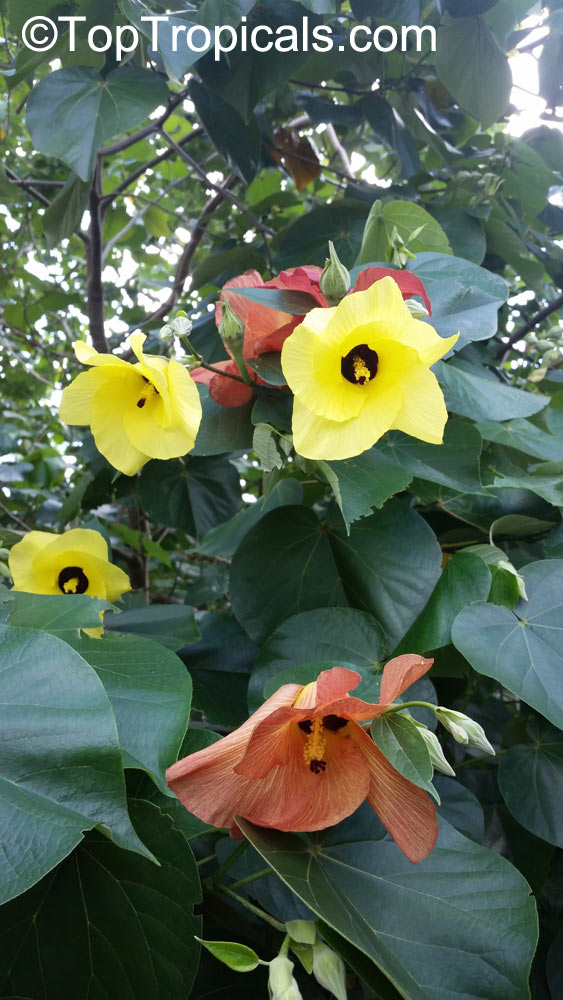
Photo above: Hibiscus tiliaceus - Mahoe
Embrace the diversity and utility of these hibiscus species in your garden and kitchen alike!
